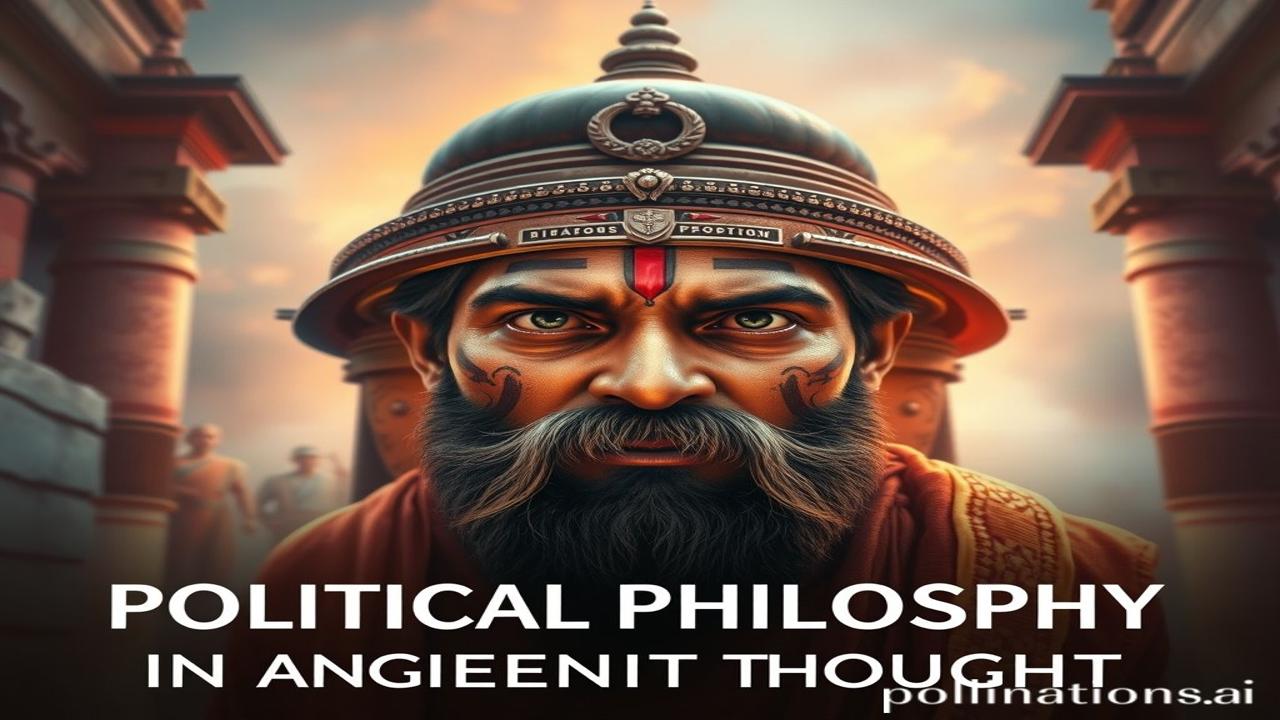Waqt Ki Dhool Mein Chhupi Rajneeti: Unraveling Ancient Indian Political Thought
Kabhi socha hai, aisi dhool jo sadiyon se udi hai, usmein kitni kahaniyan chhupi hain? Imagine, a gust of wind carrying whispers of kings, philosophers, and debates that shaped the very fabric of Bharat. Aaj hum chalenge usi waqt mein, uncovering the fascinating world of political philosophy in ancient India – a journey that will connect us to our roots and reveal the timeless wisdom of our ancestors. Think of it like finding a lost manuscript filled with the secrets to a thriving nation. Let’s dive in!
Itihasik Padhbhoomi: When and Where Did This Take Root?
What exactly is political philosophy in the context of ancient India? Simple: it’s the rich tapestry of ideas, principles, and systems that governed the lives of people, shaped the kingdoms, and defined the relationship between the ruler and the ruled. This wasn’t just about power; it was about dharma, artha, kama, and moksha – a holistic approach to life, politics, and governance.
This blossoming of political thought can be traced back to the Vedic period (around 1500-500 BCE) and continued to evolve through the Mauryan, Gupta, and other dynasties. Thinkers like Kautilya (Chanakya), Manu, and Vidura laid the foundation for understanding statecraft, ethics, and social order. The importance? Yeh itihas sirf kitabon mein nahi, yeh Bharat ke aatma mein basa hua hai. It shaped our laws, our customs, and even our understanding of leadership today.
Zameeni Sach – Log Aur Jeevan: The Heartbeat of Ancient India
Imagine life in ancient India. The buzz of bustling marketplaces, the solemn chants from temples, the clanging of swords in training grounds. Rulers like Chandragupta Maurya were not just conquerors but also patrons of learning. Kautilya, his brilliant advisor, crafted the Arthashastra, a manual on statecraft that’s still relevant today.
Think of a village panchayat deliberating on local issues, guided by principles of justice and fairness. Picture a rajguru (royal advisor) counselling the king on matters of ethics and governance. Envision artisans crafting intricate sculptures depicting scenes of royal life and dharma.
Dialogue Example:
Rajguru: “Maharaj, shasan praja ke liye hai, praja shasan ke liye nahi. Dharma ka palan hi sabse bada kartavya hai.”
Maharaj: “Aapki baat sar aankhon par. Praja ki seva hi mera dharma hai.”
This wasn’t just about grand pronouncements; it was about the daily lives of people, their struggles, their aspirations, and their constant striving for a just and harmonious society.
Dharohar Aur Pehchan: Echoes in Modern India
Today, ancient Indian political philosophy continues to resonate in various aspects of our society. The concept of dharma as a guiding principle in governance, the emphasis on ethical leadership, and the importance of social welfare are all deeply rooted in our ancient traditions.
We see glimpses of this in our constitution, in our legal system, and even in the way we approach leadership at the grassroots level. Panchayati raj, for instance, is a modern manifestation of the ancient village governance system. The emphasis on Vasudhaiva Kutumbakam (the world is one family) in our foreign policy reflects the ancient Indian ideal of universal harmony.
Ancient wisdom is not just in textbooks; it’s alive in our hearts, shaping our values and guiding our actions as a nation. It’s the blueprint for Bharatiyata, our unique Indian identity.
Majedar Tathya Ya Bhram-Bhanjak: Busting the Myths!
Myth: Ancient Indian political thought was all about authoritarian rule.
Reality: While kings and emperors held power, ancient texts also emphasized the importance of checks and balances, ethical conduct, and the welfare of the people. The Arthashastra itself advocates for a system where the king is accountable to his ministers and the people. There was a vibrant tradition of dissent and debate within the royal courts.
Fun Fact: Did you know that the concept of “zero” as a number originated in India and played a crucial role in advancing mathematics and astronomy? This knowledge indirectly influenced governance and administration by making complex calculations possible.
Drishya Aur Bhavnayein: Painting the Scene
Imagine standing in a bustling ancient city. The air smells of incense, spices, and sandalwood. The temple walls feel cool and smooth to the touch. The sounds of chanting, the ringing of bells, and the lively chatter of merchants fill the air. Picture vibrant colors everywhere: the saffron robes of monks, the silk saris of women, and the colorful decorations adorning the palaces. The atmosphere is alive with energy, a vibrant blend of spirituality, commerce, and art. You can almost feel the weight of history, the wisdom of the ages, and the spirit of a thriving civilization.
Antim Vichar Ya Uddharan: A Closing Thought
Ancient Indian political philosophy offers timeless lessons on governance, ethics, and social harmony. It reminds us that true leadership is not just about power; it’s about seva (service), dharma (righteousness), and Nyaya (justice). Let us draw inspiration from this rich heritage and strive to build a better future for ourselves and for generations to come.
As the Bhagavad Gita says:
“Yada yada hi dharmasya glanir bhavati bharata, abhyutthanam adharmasya tadatmanam srjamy aham”
(Whenever there is a decline in righteousness and an increase in unrighteousness, O Arjuna, at that time I manifest Myself.)
Let’s keep the flame of dharma burning bright, illuminating the path towards a just and equitable society. Jai Hind!
